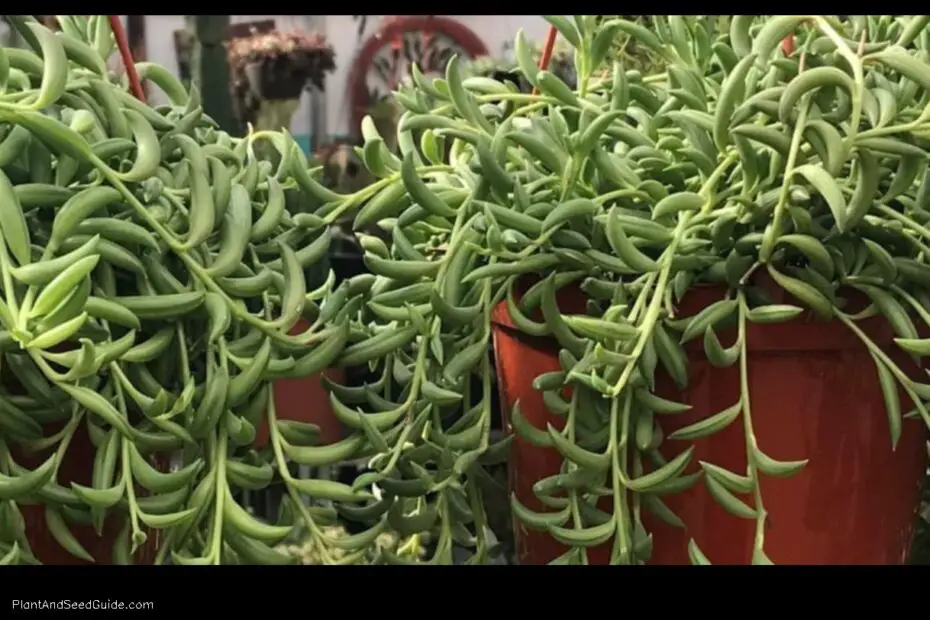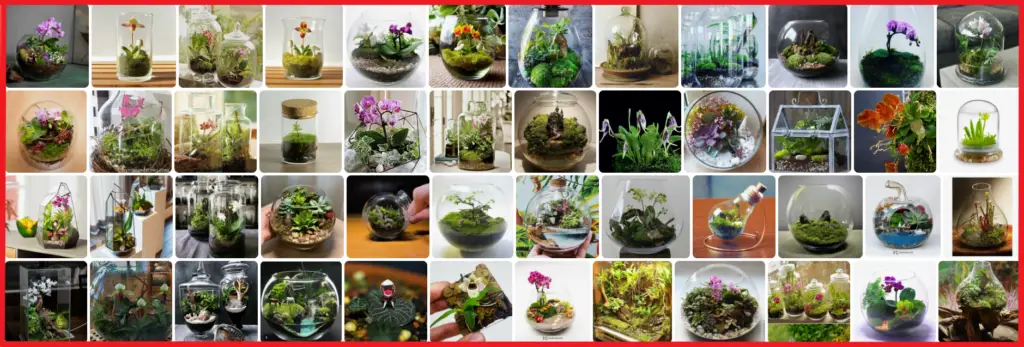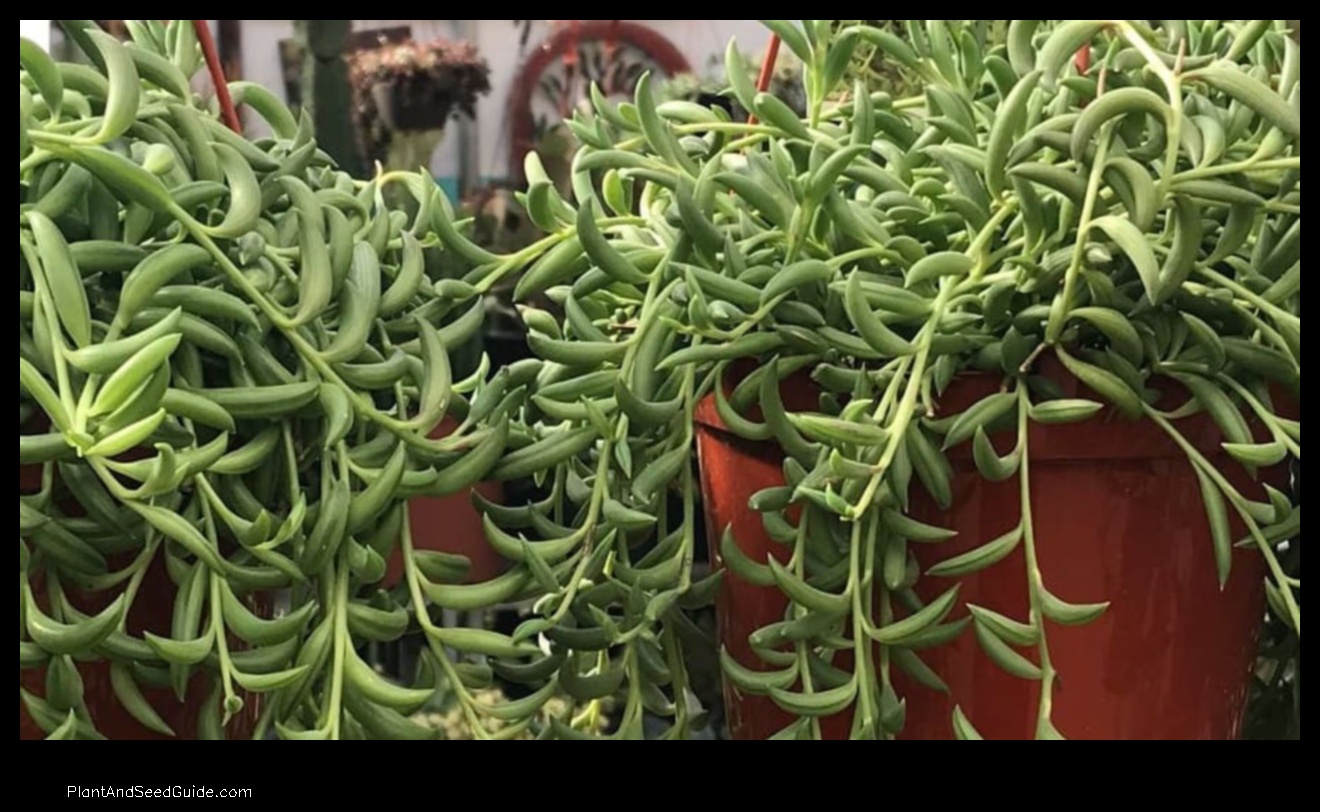 &
&
Fish hook plants (Hoya carnosa compacta) are popular houseplants that are known for their unique, cascading growth habit and fragrant flowers. They are relatively easy to care for and propagate, making them a great choice for beginner gardeners.
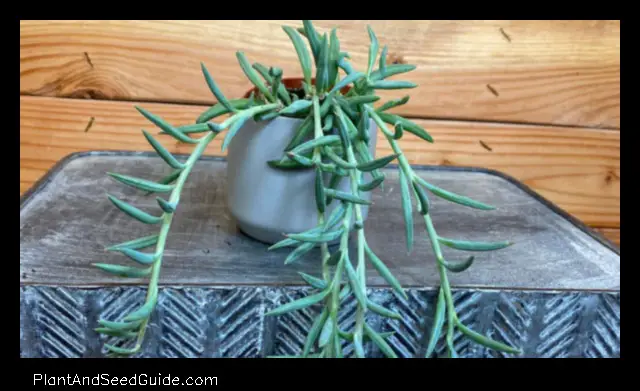
IWhat is a Fish Hook Plant?
Fish hook plants are a type of Hoya, a genus of flowering plants in the Apocynaceae family.
Fish hook plants can grow to be quite large, reaching heights of up to 10 feet.They are native to Southeast Asia and Australia, and are characterized by their thick, fleshy leaves and clusters of fragrant flowers..
How to Propagate a Fish Hook Plant
Fish hook plants are relatively easy to propagate, and can be propagated from stem cuttings, leaf cuttings, or air layering.
Materials Needed
- A sharp knife or scissors
- A clean container
- A rooting hormone (optional)
- Peat moss or potting soil
- Water
Steps to Propagate a Fish Hook Plant
1. Take a stem cutting from a healthy plant. The cutting should be about 4-6 inches long, and have at least 2-3 leaves.
2. Remove the leaves from the bottom 2 inches of the cutting.
3. Dip the cutting in rooting hormone (optional).
4. Place the cutting in a clean container filled with peat moss or potting soil.
5. Water the cutting thoroughly and place it in a warm, sunny location.
6. The cutting should root in about 4-6 weeks.
Care Tips for Fish Hook Plants
Fish hook plants are relatively easy to care for, and can thrive in a variety of conditions. However, there are a few things you can do to help your plant thrive:
- Provide bright, indirect light.
- Water your plant regularly, but allow the soil to dry out slightly between waterings.
- Fertilize your plant monthly with a balanced fertilizer.
- Repot your plant as needed, when the roots are starting to fill the pot.
Common Problems with Fish Hook Plants
Fish hook plants are generally resistant to pests and diseases, but there are a few problems that can occur:
- Overwatering can cause root rot.
- Underwatering can cause the leaves to wilt and fall off.
- Too much sun can cause the leaves to burn.
- Too little sun can cause the leaves to become pale and leggy.
Q: How long does it take for a fish hook plant to root?
A: A fish hook plant will typically root in about 4-6 weeks.
Q: Can I propagate a fish hook plant from a leaf cutting?
A: Yes, you can propagate a fish hook plant from a leaf cutting. However, it is more difficult than propagating from a stem cutting.
Q: How do
I care for a young fish hook plant?A: Young fish hook plants need to be watered regularly and fertilized monthly. They should be placed in bright, indirect light.
Fish hook plants are beautiful and easy-to-care-for houseplants that make great additions to any home. By following these simple tips, you can successfully propagate and care for your own fish hook plant.
- How to Propagate a Fish Hook Plant – The Spruce
- Hoya Carnosa Compact
Topic Feature Fish Hook Plant Propagation How to grow a new plant from a piece of an existing plant Hoya Carnosa Compacta Propagation How to propagate a Hoya Carnosa Compacta plant Hoya Carnosa Cuttings How to take cuttings from a Hoya Carnosa plant Hoya Carnosa Care How to care for a Hoya Carnosa plant Hoya Carnosa Cultivars Different varieties of Hoya Carnosa plants IWhat is a Fish Hook Plant?
A fish hook plant (Hoya carnosa compacta) is a type of succulent plant that is native to Southeast Asia. It is characterized by its thick, fleshy leaves that are arranged in a spiral pattern. The leaves are green with a white or pink variegation, and they have a hooked tip that gives the plant its name. Fish hook plants are easy to care for and make great houseplants. They can be propagated by cuttings, and they will bloom with small, white flowers in the spring or summer.
How to Propagate a Fish Hook Plant
Fish hook plants (Hoya carnosa compacta) are beautiful, easy-to-care-for plants that make great additions to any home or office. They can be propagated easily from stem cuttings, and new plants will typically start to grow within a few weeks.
To propagat
e a fish hook plant, you will need:- A sharp knife or scissors
- A clean, potting soil
- A small pot with drainage holes
- A rooting hormone (optional)
Here are the steps to propagate a fish hook plant:
- Choose a healthy stem that is at least 4 inches long.
- Cut the stem just below a leaf node.
- Remove the leaves from the bottom half of the stem.
- Dip the cut end of the stem in rooting hormone (optional).
- Place the stem in a small pot filled with moist potting soil.
- Cover the pot with a plastic bag to create a humid environment.
- Place the pot in a warm, sunny location.
- Water the plant regularly and mist the leaves as needed.
- Once the plant has roots, you can remove the plastic bag.
Your
new fish hook plant should start to grow new leaves within a few weeks. Once it is established, you can care for it like any other fish hook plant.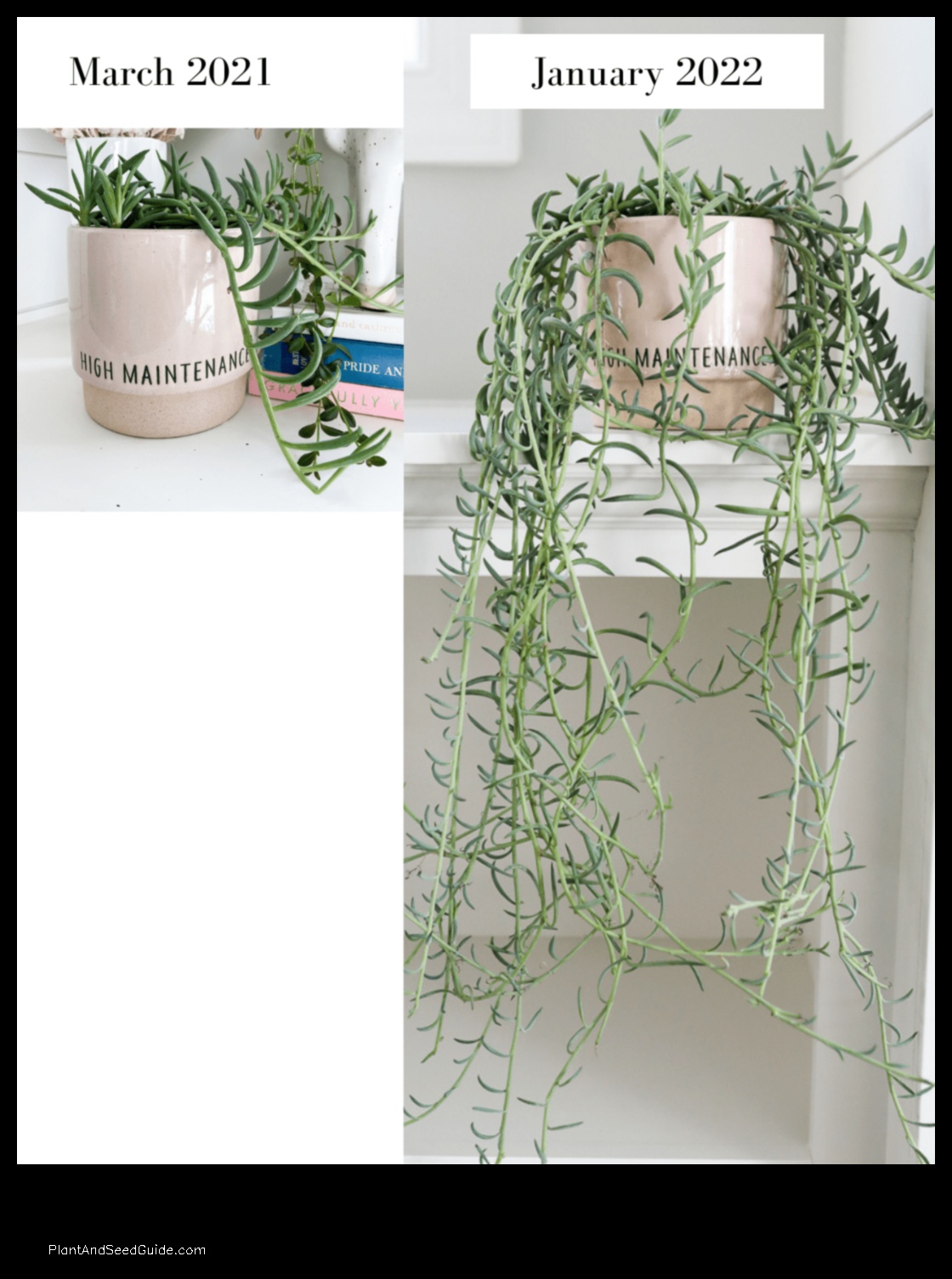
Materials Needed
To propagate a fish hook plant, you will need the following materials:
- A sharp knife or scissors
- A clean, dry container
- A rooting hormone (optional)
- Sphagnum moss (optional)
Steps to Propagate a Fish Hook Plant
Here are the steps on how to propagate a fish hook plant:
- Choose a healthy stem that is at least 4 inches long.
- Remove the leaves from the bottom 2 inches of the stem.
- Dip the cut end of the stem in rooting hormone.
- Place the stem in a pot filled with moist potting soil.
- Cover the pot with a plastic bag to create a humid environment.
- Place the pot in a warm location out of direct sunlight.
- Water the plant regularly and mist the leaves daily.
- The plant should start to root within 4-6 weeks.
VCare Tips for Fish Hook Plants
Fish hook plants are relatively easy to care for, but there are a few things you can do to ensure that your plant stays healthy and happy.
- Water your fish hook plant regularly, but allow the soil to dry out slightly between waterings.
- Fertilize your fish hook plant once a month with a balanced fertilizer.
- Place your fish hook plant in a bright, indirect light location.
- Keep your fish hook plant away from drafts and cold temperatures.
By fo
llowing these tips, you can help your fish hook plant thrive for many years to come.Common Problems with Fish Hook Plants
Fish hook plants are generally very easy to care for, but there are a few problems that can occasionally occur. Here are some of the most common problems and how to solve them:
- Brown leaves: Brown leaves can be caused by a number of factors, including underwatering, overwatering, too much sun, or too little sun. To fix this problem, adjust your watering and light conditions until the leaves start to turn green again.
- Root rot: Root rot is a serious problem that can eventually kill your plant.
To prevent root rot, make sure to only water your plant when the soil is dry to the touch.It is caused by overwatering, which allows bacteria to grow in the roots..
- Insects: Fish hook plants can be susceptible to a number of insects, including mealybugs, aphids, and spider mites. To get rid of these insects, you can use a neem oil spray or insecticidal soap.
If you are having trouble with your fish hook plant, it is always best to consult with a qualified horticulturist for advice.
